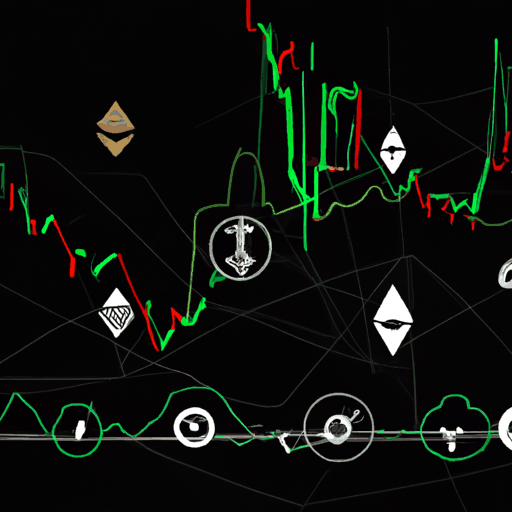
Ripple's Strategic Moves: Global Expansion Amid Regulatory Changes
By: Eva Baxter
Ripple has launched a strategic initiative to expand its operations, showing significant results on both sides of the Atlantic. With its RLUSD stablecoin, Ripple is leveraging key regulatory advancements such as the United States' adoption of the ISO 20022 messaging standard and the European Union's Markets in Crypto-Assets (MiCA) regulation, setting a new course amid changing global financial landscapes.
In the United States, the Federal Reserve's decision to incorporate the ISO 20022 standard underscores a transformative approach to the financial ecosystem. This shift, which became official on July 14, standardizes data structures for interbank transfers, thereby boosting efficiency and reducing errors. Ripple's foresight in joining the ISO 20022 Standards Body back in 2020 allows its platform, RippleNet, to fully align with these new standards. Institutions using technologies like Volante's Fedwire-as-a-Service can now opt for XRP as their settlement method, opening avenues for Ripple within institutional finance sectors.
Parallel to developments in the U.S., Ripple is making strides in Europe by pursuing a MiCA license to drive its RLUSD stablecoin initiative. By establishing Ripple Payments Europe S.A. in Luxembourg, Ripple gains an entry point to the EU market. Luxembourg, being a renowned financial hub, provides Ripple with strategic advantages due to its regulatory environment and its robust banking sector, essential for meeting MiCA's reserve requirements. Additionally, Ripple's collaboration with BNY Mellon as the custodian of its stablecoin reserves further cements its foundation in the European market.
This dual-front strategy marks a decisive move for Ripple as it seeks to solidify its presence internationally. In anticipation of the GENIUS Act in the U.S., which could reshape the regulatory landscape for stablecoins, Ripple positions itself to capitalize on both American and European regulatory frameworks. As Ripple continues to navigate these regulatory channels, the company's latest maneuvers demonstrate its commitment to enhancing its global footprint while integrating seamlessly with existing financial structures.



